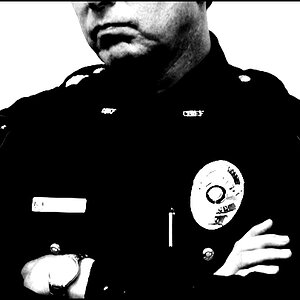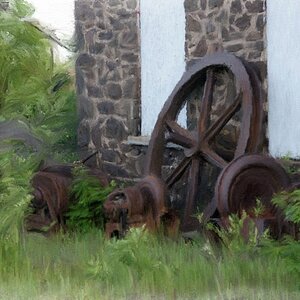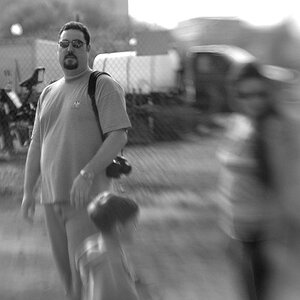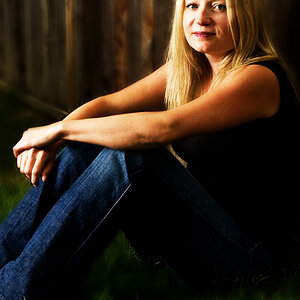sbakewell0508
TPF Noob!
- Joined
- Apr 15, 2011
- Messages
- 66
- Reaction score
- 1
- Can others edit my Photos
- Photos OK to edit
so I shoot in manual mode, but there are of course times when the only way to get a correct exposure would be to 1) have an obscenely long shutter speed or 2) use flash. my question is is when you are shooting and the in camera light meter says your still over exposed (my camera does not tell me how many stops over or under) and i use flash is there a set number of stops that even a flash wont compensate for? in that i mean if i am past the little triangle on my light meter for underexposure how do you know what power to put your flash at? short of a light meter. is it just trial and error? i normally use my flash on manual power and start at half power and go from there.. when i put it on ttl it always seems extra bright and blows everything out..
i have not had any problems with this as adjusting my flash is fairly easy, but how do you nail it the first time?
i have not had any problems with this as adjusting my flash is fairly easy, but how do you nail it the first time?


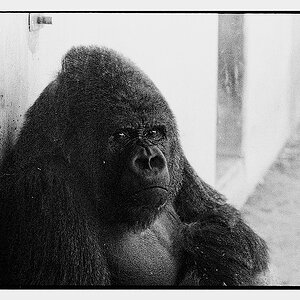
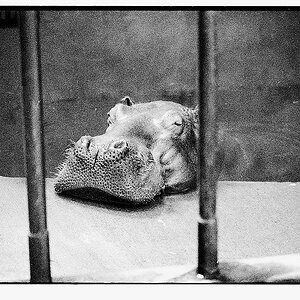
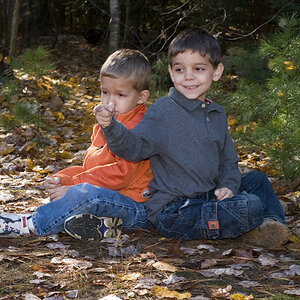
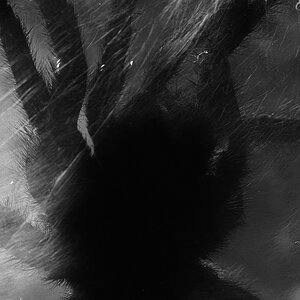
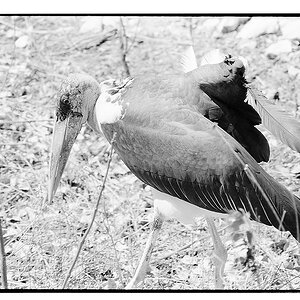
![[No title]](/data/xfmg/thumbnail/32/32699-3434a76363cb383404e00a3cd5ed5728.jpg?1619735601)
